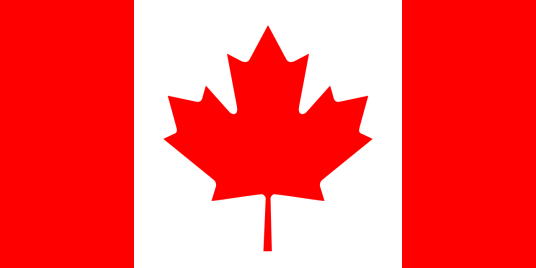Poster Art in Architecture and Urban Design: Wayfinding, Placemaking, and Identity
Poster art is not only a tool for communication and self-expression but also plays a significant role in architecture and urban design. Posters are a form of visual communication that can help create a sense of place and identity for a city or neighborhood. They can also serve as wayfinding tools to help people navigate a new environment.

One of the most common uses of poster art in architecture and urban design is for wayfinding. In large cities or complex buildings, it can be challenging for people to navigate their way around. Posters can be used to help guide people to their destination by providing visual cues and clear directions. For example, in airports or train stations, posters can be used to provide information about departure and arrival times, gate numbers, and other essential information.
The Art of Typography in Poster Design: Fonts, Layouts, and Visual Hierarchy
Posters can also be used for placemaking, which is the process of creating a sense of place and identity in a public space. By using posters to display images and messages that are unique to a particular community or neighborhood, designers can create a sense of pride and ownership among local residents. This, in turn, can lead to increased social cohesion and a stronger sense of community.
In addition to their functional uses, posters can also be used to create an artistic statement in architecture and urban design. When strategically placed in public spaces, posters can help transform the aesthetic of a place, making it more engaging and visually appealing.
Overall, poster art has a significant impact on architecture and urban design, from wayfinding to placemaking to creating an artistic statement. Designers and architects should consider the use of posters when planning and designing public spaces to create a more welcoming and visually appealing environment.
 US
US CA
CA
